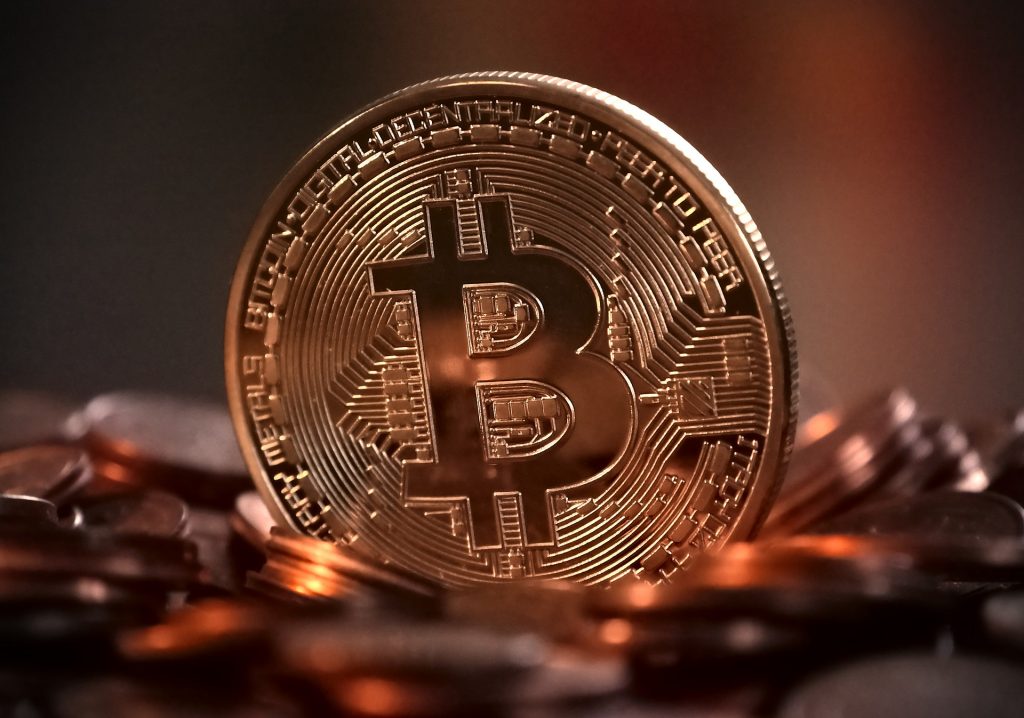Why attacks on coin exchanges are a cause for worry.
Quick rise, quick fall
Everybody wants a chance at success and wealth, and that’s human nature.
That’s why it’s understandable that people jumped on the crypto bandwagon in 2017. A massively growing industry, one that seemed to have limitless potential, will always draw attention.
Like many other volatile investments, cryptocurrencies saw a rapid rise, and an even faster fall. It’s important to keep a close eye on this.
Bitcoin, the oldest and most prevalent cryptocurrency available, is a great example of this. In January 2017, Bitcoin’s value ranged between $800 and $1,150. By August, its value had surpassed $4,400.
By December 2017, Bitcoin’s had climbed to almost $20,000. It quickly dropped back down again though, ending in the area of $14,000 at the end of the year.
In the span of a single year, Bitcoin had seen its value grow by almost 25 times. Though there are many who made money in initial investments in the early part of the year, there were also many who had invested during spikes and seen their hopes for increasing returns dashed.
As of September 2018, Bitcoin’s value was in the area of $6,500.
That is an astounding change in value over the course of less than two years – which also means that a large number of investors who got caught up in the rush may now be looking at their investments being halved. Some may be looking at worse.
Yes, there are some that are still bullish. John McAfee has doubled down on a prediction that one Bitcoin will be worth $1 million by the end of 2020. However, like other volatile investments, nothing is ever a sure thing.
Bugs and thefts
The long-term success of Bitcoin and other cryptocurrencies is only one piece of the puzzle. An increasingly prevalent problem in the cryptocurrency is the fact that it’s drawn the attention of thieves and malicious hackers.
Other than the MT.Gox theft in 2014, which caused an estimated $480 million in losses, the combined brunt of cryptocurrency heists have taken place between 2017 and 2018. Losses from the Coincheck alone, who were the victim of a heist in January 2018, totalled $547 million.
Additional losses from Coinrail, Nicehash and Zaif have caused an additional $163 million dollars in losses.

Source: Statista
Additionally, around $150 million was lost from Parity Wallet, after a user’s bug exploit and attempt to fix it permanently froze the funds.
The main concern, then, isn’t only the safety or security of Bitcoin and other crypto currencies. The larger problem is the security of the exchanges that trade them. Since there isn’t any industry-standard security protocols, and evolving rules and regulations, each exchange is responsible for its own safety.
The real threat of breaches also adds an extra layer of danger for investors: currency dumps. Those who buy just before a breach run the risk of instantly losing 40-50% of the value of their investment, or more.
Stay safe
Ensure that you keep yourself safe if you do decide to take the plunge.
Don’t use public wi-fi networks when making your trades, use two factor authentication where possible, and always keep a strong password for your crypto exchange accounts.
Last, but not least, keep the amount of cryptocurrency you’ve amassed to yourself. There’s no need to talk about how big your crypto wallets have become, as you may unnecessarily make yourself a target. When it comes to big money, even people you know may become a risk faster.






